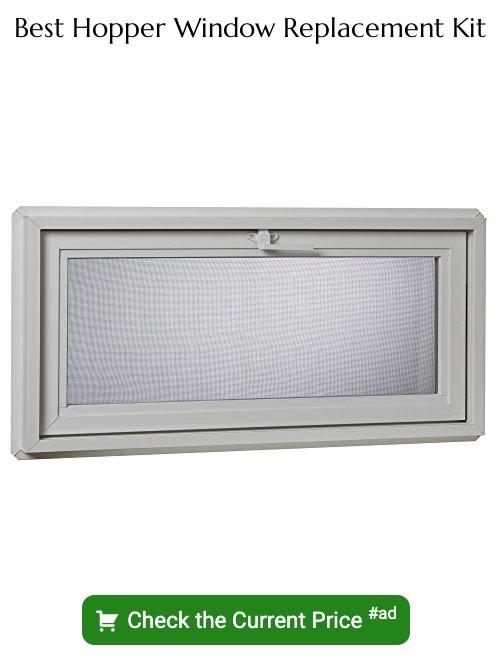Discover the versatility and benefits of hopper windows, an exceptional choice for homeowners seeking improved ventilation, space efficiency, and a stylish addition to their living spaces.
When it comes to home design, windows play a crucial role in enhancing the overall look and feel of your space. However, with so many window styles available in the market, it can be overwhelming to choose the right one for your home.
If you’re looking for a window that is both functional and stylish, then hopper windows might just be what you need. In this blog post, we’ll dive into everything you need to know about hopper windows – from their definition and features to their benefits and installation process – so that you can make an informed decision when selecting new windows for your home.
So let’s get started!
Key takeaways:
- Hopper windows are versatile, stylish, and functional.
- They open inward from the top, creating an inverted hopper-like shape.
- Hopper windows provide excellent airflow and security features.
- They come in various sizes, materials, and designs to suit any home.
- Hopper windows are commonly used in basements, bathrooms, and kitchens.
What Is a Hopper Window?
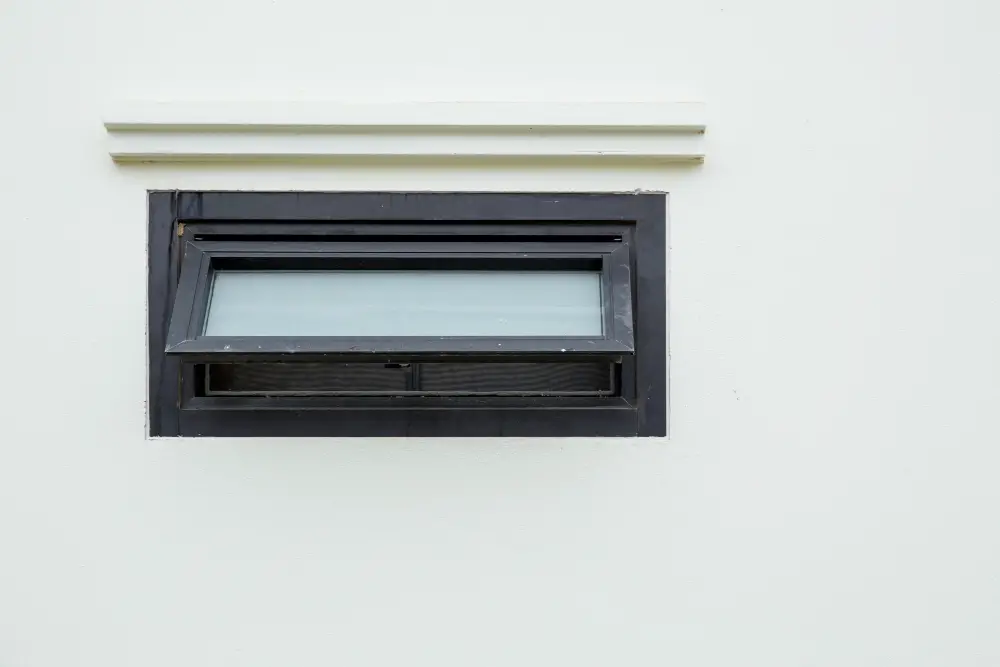
Hopper windows are a type of window that opens inward from the top and tilts downward, creating an inverted hopper-like shape. They are commonly used in basements, bathrooms, and other areas where space is limited or where ventilation is needed but privacy must be maintained.
Hopper windows have been around for centuries and were originally designed to provide light and air into underground spaces such as cellars.
Today’s hopper windows come in various sizes, styles, materials, colors with different hardware options available to suit any home design preference. They can be made from wood or vinyl frames with single or double panes of glass depending on your needs.
One significant advantage of hopper windows over other types of window designs is their ability to provide excellent airflow while maintaining security features like locking mechanisms that prevent intruders from entering through them easily. Additionally they offer energy efficiency by keeping warm air inside during winter months while allowing cool breezes during summer months which helps reduce heating/cooling costs throughout the year.
History and Evolution of Hopper Windows
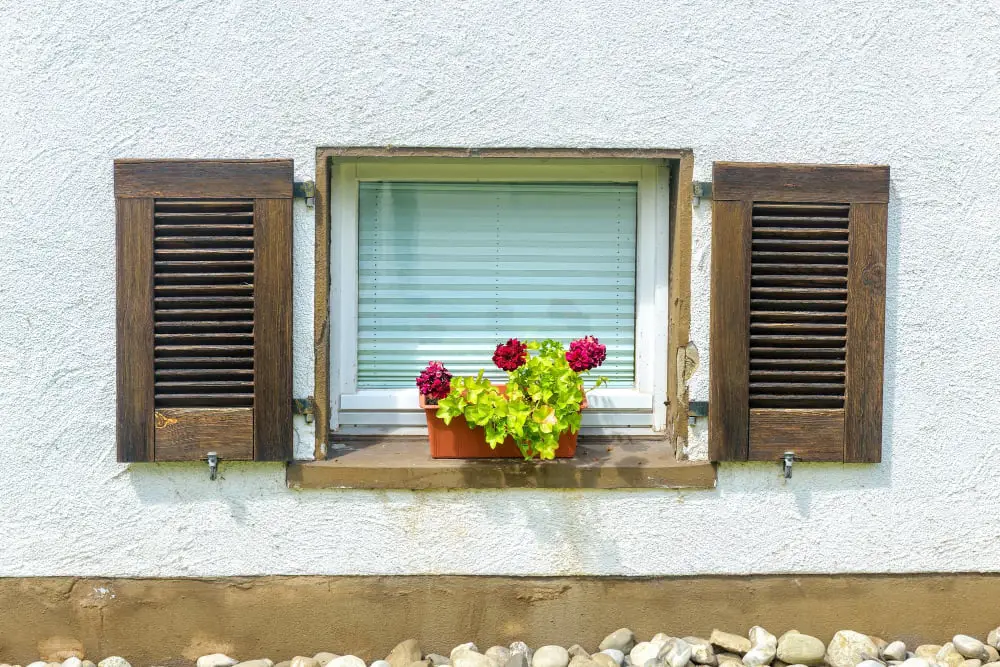
The earliest hopper windows were used in medieval castles and fortresses as a means of ventilation while keeping out unwanted intruders. These early versions were made from wood or iron frames with small openings that could be closed off when necessary.
As technology advanced, so did the design of hopper windows. In the 19th century, they became more popular in residential homes due to their ability to provide better airflow than traditional sash-style windows.
Hopper window frames were now being made from materials such as aluminum and vinyl instead of just wood or iron.
Today’s modern hopper window designs are even more versatile than ever before thanks to advancements in manufacturing techniques and materials science research. They can be found in a wide range of sizes, shapes, colors, styles – making them an excellent choice for any home renovation project.
Design and Features
They are hinged at the bottom and can be easily opened with a crank or handle. The design of hopper windows allows for improved ventilation as they can be left partially open even during rainy weather without letting water in.
One of the most notable features of hopper windows is their ability to provide enhanced security compared to other window types. Since they open inwardly rather than outwardly like casement or awning windows, it’s much harder for intruders to break into your home through a hopper window.
Another great feature that makes these types of windows stand out is their energy efficiency capabilities. Hopper Windows seal tightly when closed which helps prevent air leaks and drafts from entering your home while also keeping heat inside during colder months.
Common Materials Used
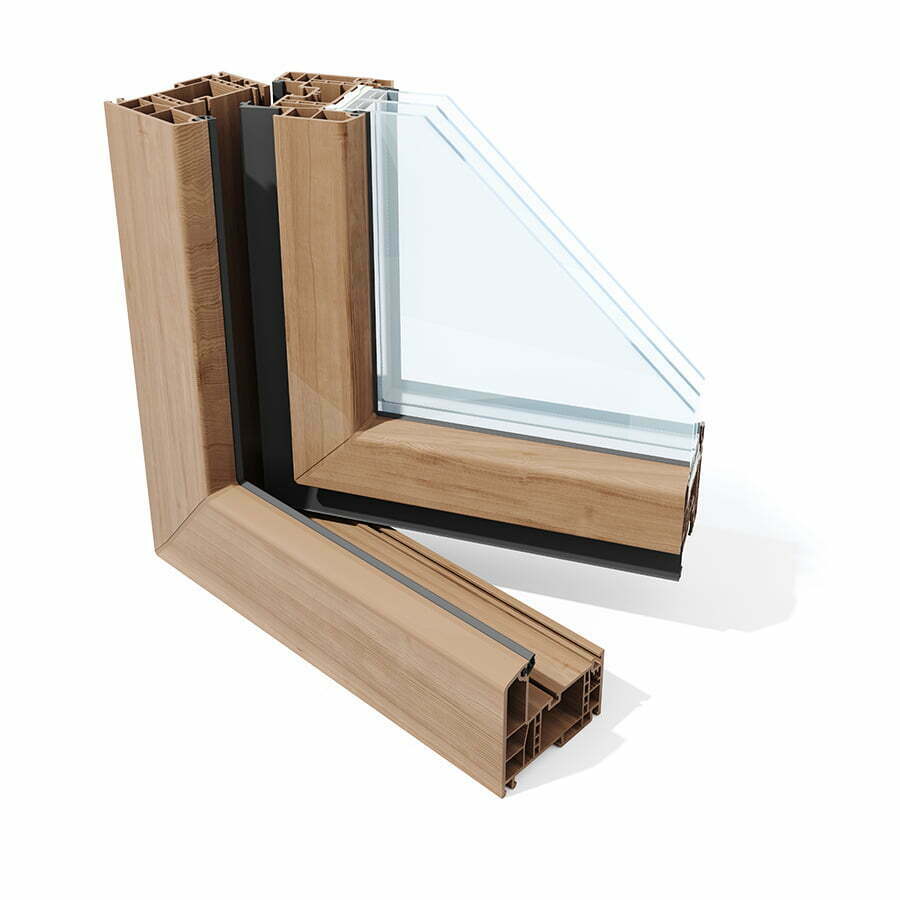
The most common materials used for hopper windows include wood, vinyl, aluminum, and fiberglass.
Wooden hopper windows offer a classic look that can complement any home’s architectural style. They are also highly customizable and can be painted or stained to match your interior decor.
However, wooden frames require regular maintenance to prevent rotting or warping due to moisture exposure.
Vinyl is another popular material choice for hopper windows as it is affordable and low-maintenance. Vinyl frames do not require painting or staining but may fade over time due to sun exposure.
Aluminum hopper window frames are durable and lightweight while offering excellent insulation properties against heat loss during the winter months. However, they tend to conduct heat easily which makes them less energy-efficient than other options on the market.
Fiberglass offers superior strength compared with other materials while being resistant against corrosion from saltwater environments making them ideal for coastal homes prone to harsh weather conditions such as hurricanes.
Different Types of Hopper Windows
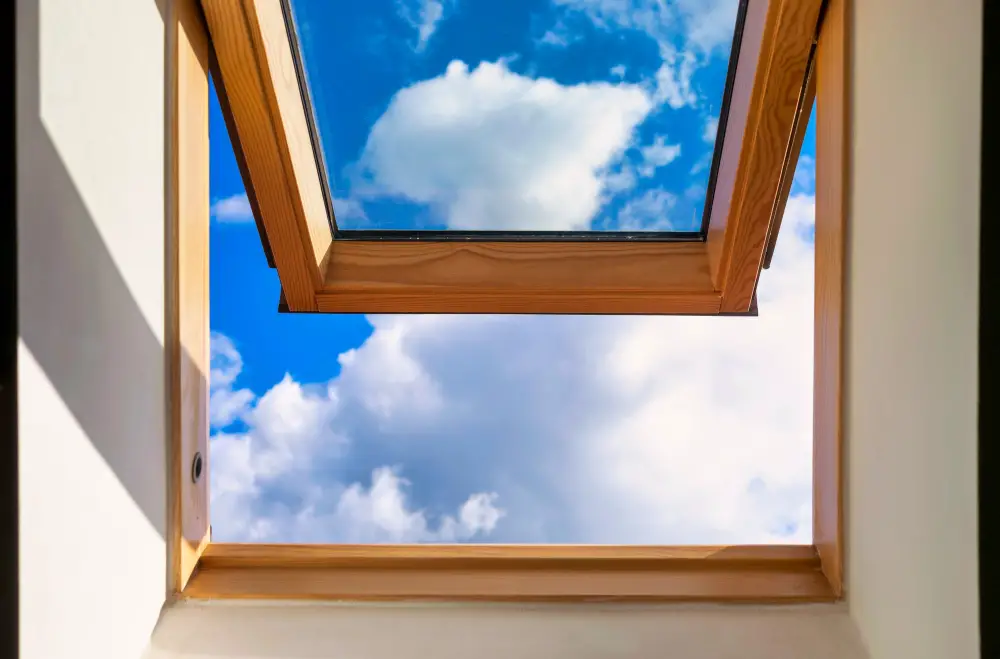
The most common types of hopper windows include top-hinged hopper windows, bottom-hinged hopper windows, and tilt-in hopper windows.
Top-hinged Hopper Windows: These are the most popular type of hopper window. They open from the top using a hinge mechanism that allows them to swing inward or outward depending on your preference.
Top-hinged hoppers are ideal for basements or rooms where privacy is essential since they allow ventilation without compromising security.
Bottom-Hinged Hopper Windows: Unlike their counterparts, these hoppers open from the bottom using a hinge mechanism located at the top of the frame. Bottom-hinge hoppers provide excellent ventilation while also allowing natural light into your space.
Tilt-In Hopper Windows: Tilt-in hoppers combine both styles by tilting inward at an angle while still providing ample airflow into your room. This design makes cleaning easier as you can access both sides of the glass without having to remove it entirely.
Ideal Locations for Installation
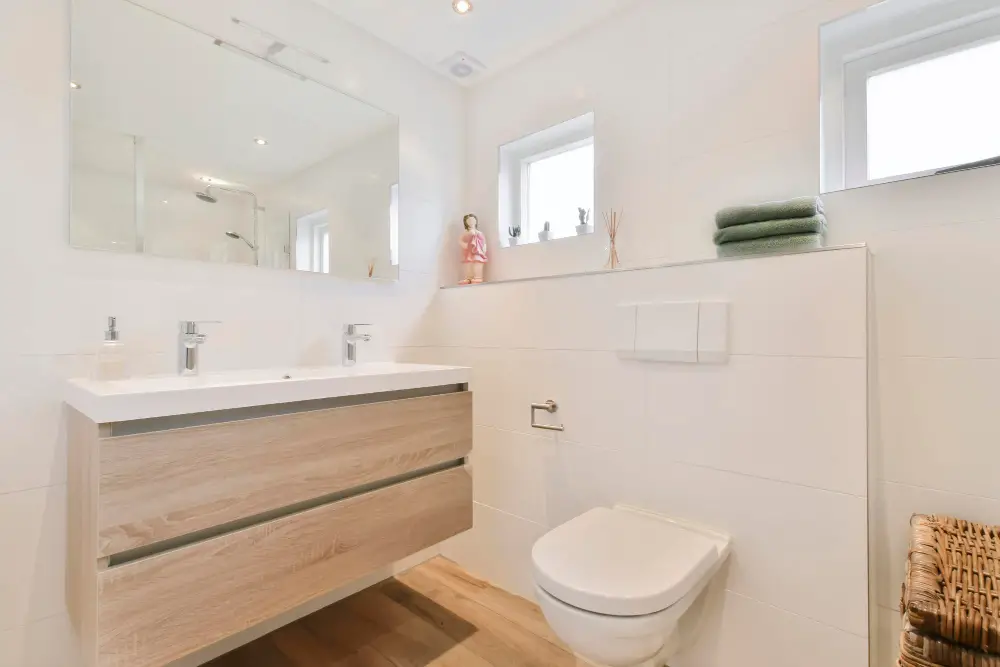
They work well in basements, bathrooms, kitchens, and other areas where space is limited or ventilation is needed. Due to their unique design that opens inward from the top of the frame, hopper windows provide excellent airflow while maintaining privacy and security.
In basements or cellars where natural light may be scarce due to small window openings near ground level, hopper windows can help bring more light into these spaces while also providing adequate ventilation. In bathrooms and kitchens where moisture levels tend to be high due to steam from showers or cooking activities respectively; installing a hopper window will help reduce humidity levels by allowing fresh air circulation.
Moreover, if you have a room with limited wall space for traditional-sized windows such as attics or crawl spaces; then installing a smaller sized hopper window could make all the difference by bringing natural light into these otherwise dark rooms.
Best Rooms for Hopper Windows
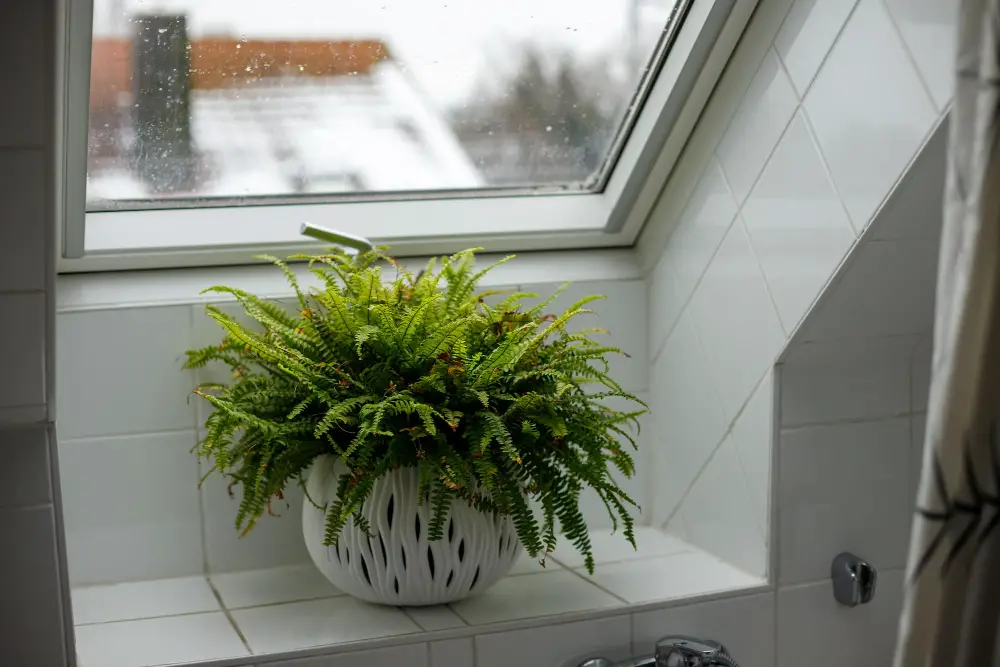
Some rooms may benefit more from hopper windows than others. For instance, hopper windows are an excellent choice for basements and bathrooms due to their ventilation capabilities and space-saving design.
In the basement, where natural light is often limited, installing hopper windows can help brighten up space while also providing adequate airflow to prevent moisture buildup. Hopper windows’ inward-opening design makes them ideal for small spaces like basements since they don’t take up any extra room when opened.
Similarly, in bathrooms where privacy is essential but ventilation is crucial to avoid mold growth or unpleasant odors lingering around the house; installing a hopper window above the shower or bathtub area will provide both privacy and proper air circulation without compromising on aesthetics.
Hopper Window Sizes and Measurement
The size of the window you choose will depend on several factors, including the room’s dimensions and your personal preferences. When measuring for hopper windows, it’s essential to take accurate measurements to ensure that they fit correctly.
Typically, hopper windows range from 18 inches wide by 24 inches high up to 48 inches wide by 36 inches high. However, some manufacturers offer custom sizes based on specific requirements or unique designs.
To measure accurately for a hopper window installation project:
- Measure the width of the opening at three different points: top, middle and bottom.
- Record each measurement separately.
- Use the smallest measurement as your final width dimension.
- Measure height in three places: left side; center; right side
- Use smallest height dimension as final height
It is crucial to note that improper measurements can lead to ill-fitting or poorly functioning windows which may cause air leaks or water damage over time.
Ventilation and Airflow Capabilities
These windows are designed to open inward from the top, allowing fresh air to enter your home while also preventing rainwater from seeping in. This unique design makes them an ideal choice for rooms that require proper ventilation, such as bathrooms and kitchens.
Hopper windows can be opened at different angles, which allows you to control the amount of airflow entering your room. By adjusting the angle of opening, you can create a gentle breeze or a strong gust depending on your preference.
Moreover, since hopper windows are installed close to ceilings or high walls where hot air tends to accumulate during summer months; they provide natural cooling by releasing this trapped hot air outwards through convection currents created by incoming cool breezes.
Energy Efficiency and Insulation

These windows have a unique design that allows them to open inward from the top, creating an airtight seal when closed. This feature helps prevent air leaks and reduces heat loss during colder months.
Hopper windows are often made with insulated glass or double-pane glass that provides extra insulation against outdoor temperatures. The insulation properties of these types of window panes help keep your home cooler in summer and warmer in winter while reducing energy costs.
When selecting hopper windows for improved energy efficiency, it’s essential to consider factors such as U-factor (the rate at which heat flows through the window), solar heat gain coefficient (how much solar radiation passes through the window), visible transmittance (the amount of light transmitted through the pane), and air leakage rating.
Safety and Security Considerations
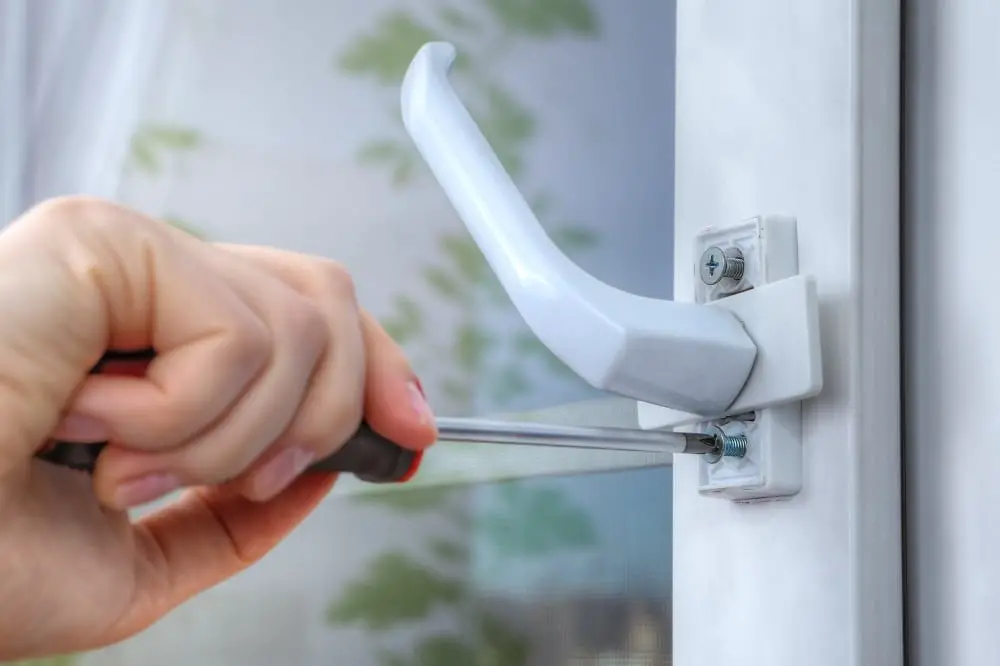
Hopper windows are generally considered safe and secure due to their inward-opening design, which makes them difficult for intruders to access from the outside. However, there are still some important considerations you need to keep in mind when selecting hopper windows.
Firstly, make sure that the window is made of high-quality materials that can withstand forceful impact or attempts at forced entry. Secondly, consider adding additional security features such as locks or bars if you live in an area with a higher risk of break-ins.
Another safety consideration is ensuring proper ventilation while keeping children and pets safe inside your home. You may want to install screens on your hopper windows or choose models with childproof locking mechanisms.
Advantages of Hopper Windows
Firstly, they are highly versatile and can be installed in various locations around the house, including basements, bathrooms, kitchens or any other room where space is limited. They are also ideal for areas with high moisture levels as they provide excellent ventilation and prevent mold growth.
Another advantage of hopper windows is their energy efficiency. These windows have a tight seal when closed which helps to keep your home warm during winter months while keeping it cool during summer months by allowing fresh air to circulate inside the house.
In addition to being energy-efficient and functional, hopper windows also add an aesthetic appeal to your home’s interior design. They come in different styles and materials such as wood or vinyl frames that can complement any decor style you may have.
Lastly but not least important is safety; Hopper Windows open inwardly making it difficult for intruders from outside trying to break into your property through these types of window openings.
Disadvantages of Hopper Windows
One of the main drawbacks of hopper windows is their limited view and natural light penetration compared to other window styles like picture or bay windows. This is because the opening mechanism for hopper windows requires them to be installed at an angle, which can obstruct your view and reduce the amount of sunlight entering your home.
Another disadvantage is that they are not ideal for larger openings as they tend to be smaller in size than other window types. Since these types of windows open inwardly into your living space rather than outwardly like casement or awning style ones do, it may limit furniture placement options near them.
Lastly, while most modern models have improved insulation capabilities thanks to advancements in technology and materials used during manufacturing processes; older models may not provide adequate insulation against extreme temperatures or noise pollution from outside sources.
Customization Options and Hardware
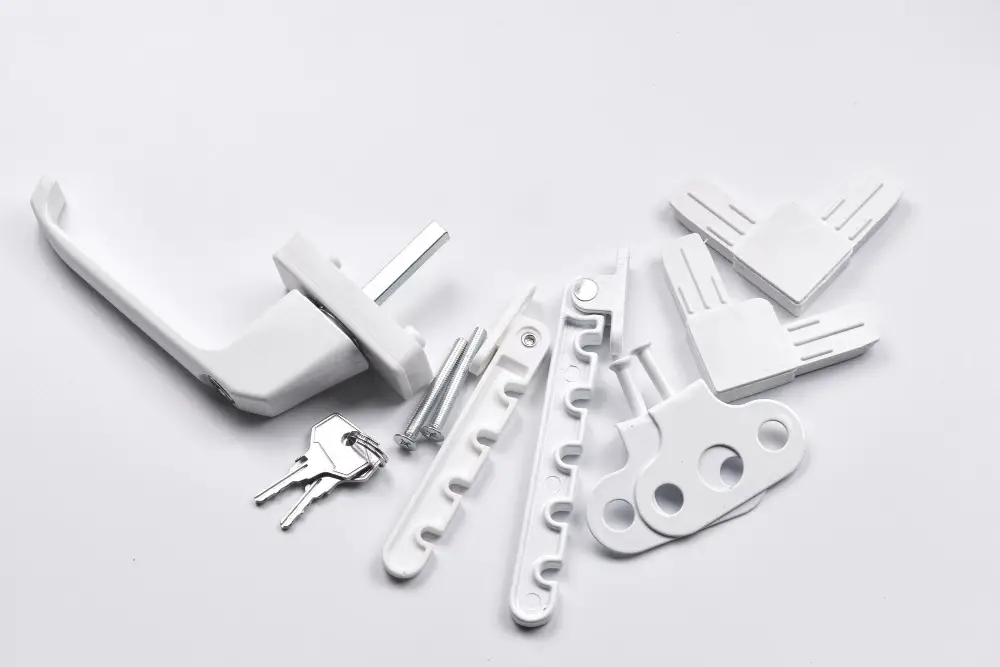
From traditional to modern styles, you can select the perfect hardware for your hopper window based on your personal preferences and needs. Some popular customization options include different types of handles, locks, hinges, and cranks.
When it comes to finishes for hopper windows’ frames or sashes (the part that holds the glass), there are several choices available as well. You can opt for classic white or black colors if you prefer a timeless look or go bold with bright hues like reds or blues if you want something more eye-catching.
Some manufacturers offer custom-made hopper windows where homeowners have complete control over every aspect of their window’s design – from size and shape to color scheme and materials used in construction.
Cost and Pricing

The cost of hopper windows varies depending on several factors, including the size, material used, customization options, and installation costs. Generally speaking, hopper windows are less expensive than other window styles such as casement or double-hung windows.
The average cost of a standard-sized hopper window ranges from $200 to $500 per unit. However, larger sizes or customized designs can increase the price significantly.
Installation costs vary based on location and complexity but typically range from $100 to $300 per window.
It’s important to note that while hopper windows may be cheaper upfront compared to other types of replacement windows; they offer excellent long-term value due to their energy-saving capabilities that help reduce heating and cooling bills over time.
Installation Process
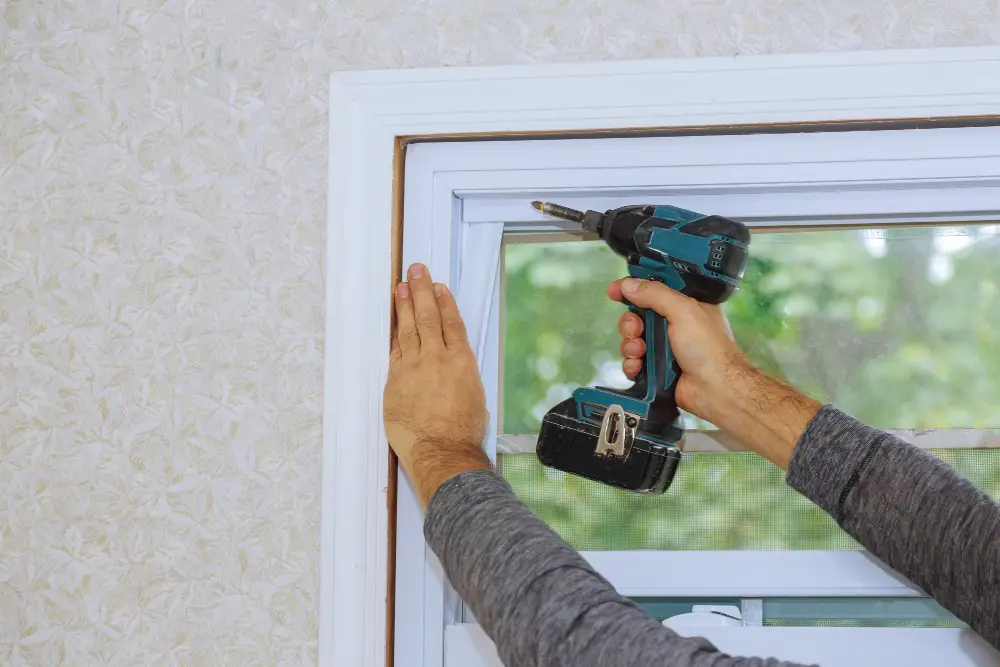
The good news is that installing hopper windows is relatively easy and straightforward, especially if you have some DIY experience. However, it’s important to note that improper installation can lead to air leaks and other issues down the line.
The first step in installing a hopper window involves measuring your window opening accurately. This measurement will help determine what size of hopper window you need for your space.
Next, remove any old or existing windows from their frames before preparing them for new installations by cleaning up debris and ensuring they are levelled correctly.
After this preparation stage comes framing – which involves creating an opening where there wasn’t one before (if necessary) – followed by sealing around edges with caulking material so as not leave gaps between frame components when installed into place securely using screws or nails depending on preference/manufacturer instructions provided with product purchase.
Maintenance and Cleaning

Like any other window type, they require regular upkeep to ensure their longevity and optimal performance.
To keep your hopper windows in top condition, you should inspect them periodically for signs of wear or damage. Check the frames for cracks or warping, as well as the glass panes for chips or scratches.
If you notice any issues with your windows, it’s essential to address them promptly before they worsen.
When it comes to cleaning hopper windows, a simple solution of mild soap and water will do just fine. You can use a soft cloth or sponge dipped in this solution to wipe down both sides of the glass pane thoroughly.
Be sure not to use abrasive cleaners that could scratch the surface.
It’s also important not only always remember safety when cleaning high-up areas such as second-story hopper windows; make sure you have someone else present while doing so if possible.
Replacement, Repair, and Decision Making

Like any other window type, hopper windows can experience wear and tear over time due to exposure to the elements and regular use. Signs that indicate a need for replacement or repair include difficulty opening or closing the window, drafts coming through gaps around the frame, foggy glass panes indicating seal failure between layers of insulated glass units (IGUs), water damage on frames and sills caused by leaks from outside sources such as rainwater infiltration.
When deciding whether to replace or repair your hopper windows, consider factors such as age of the window unit(s), extent of damage/wear-and-tear present on them; cost-effectiveness versus benefits gained from upgrading/replacing with newer models featuring improved energy efficiency ratings; aesthetic appeal desired for interior/exterior design purposes.
In some cases where minor repairs are needed like replacing hardware components such as hinges/crank handles/latches etc., DIY solutions may be possible if you’re handy with tools but always consult professional advice before attempting any work yourself especially if dealing with electrical wiring related issues which require specialized knowledge/skills beyond basic carpentry skills. For more extensive repairs requiring structural modifications like replacing entire frames/sashes/panes etc., hiring a licensed contractor is recommended who has experience working specifically on hopper-style windows since these types often have unique installation requirements compared against traditional double-hung/slider styles commonly found in most homes today.
Popular Hopper Window Brands
These brands have been in the industry for years and have established a reputation for producing high-quality and durable products. Some of the most well-known hopper window brands include Andersen Windows, Pella Corporation, Marvin Windows & Doors, Milgard Windows & Doors, JELD-WEN Inc., and Simonton Windows.
Each brand has its unique features that set them apart from one another. For instance, Andersen is known for its energy-efficient windows with low-E glass coatings while Pella offers customizable options such as color choices and hardware finishes.
Before making your final decision on which brand to go with when buying hopper windows consider factors like quality of materials used in construction or manufacturing process; warranty offered by each company; customer reviews online about their experiences using these products so far among others.
Tips for Choosing the Right Hopper Window

First and foremost, think about the purpose of the window – is it for ventilation or aesthetics? If you’re looking to improve airflow in a room, then opt for larger-sized windows that can be opened easily. On the other hand, if you want to add some style and character to your space while still allowing natural light in, then smaller-sized hopper windows might be more suitable.
Another factor worth considering is energy efficiency. Hopper windows are known for their insulation capabilities but make sure that they have proper weatherstripping and seals installed so that no air leaks occur around them.
Take into account where you plan on installing these windows as well as what type of material would work best with your existing decor or architectural style. For example: wood frames may not be ideal near high moisture areas like bathrooms; vinyl frames may not match traditional homes’ aesthetic appeal.
Lastly but importantly – always choose reputable brands with good reviews from previous customers who have used their products before!
FAQ
What is the disadvantage of a hopper window?
The disadvantage of a hopper window is that it does not prevent debris or rain from entering, provides limited escape options in emergencies, and offers reduced privacy due to difficulty in covering with blinds or shades.
What is the difference between a hopper window and an awning window?
The difference between a hopper window and an awning window is that the former has a top sash that swings inward, while the latter has a bottom sash that swings outward.
Why do basements have hopper windows?
Basements have hopper windows to increase natural light and air flow while being operable for added functionality.
How does the installation process of a hopper window differ from other window types?
The installation process of a hopper window differs from other window types as it typically requires mounting on the top frame and pivoting from the bottom, allowing it to open inward at an angle for ventilation.
In what situations is a hopper window the preferred choice for ventilation and natural light?
A hopper window is the preferred choice for ventilation and natural light in situations where privacy and space conservation are essential, such as in basements and small bathrooms.
Are there specific materials and designs recommended for hopper windows to maximize their functionality and aesthetic appeal?
To maximize functionality and aesthetic appeal for hopper windows, it is recommended to use materials like vinyl, aluminum, or wood and opt for designs that complement the room’s style or architectural theme.
Related Stories
- Does a Bathroom Need a Window? [Answered]
- What Is a Picture Window?
- Understanding What an Awning Window Is [Definitive Guide]
- Retrofit Window Explained: What You Need to Know
- Guide to Standard RV Window Sizes for Efficient Replacement
Recap
